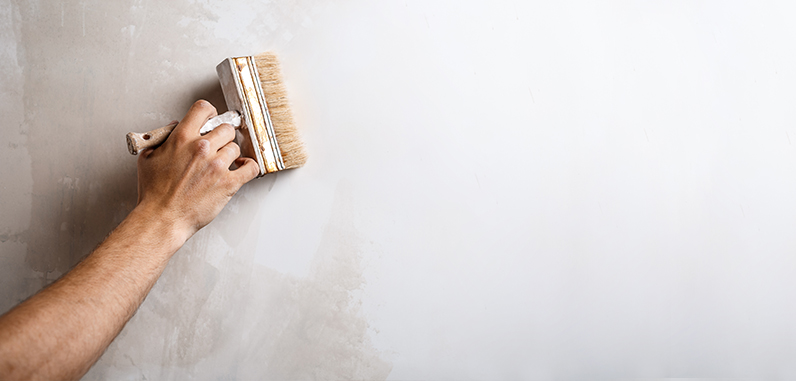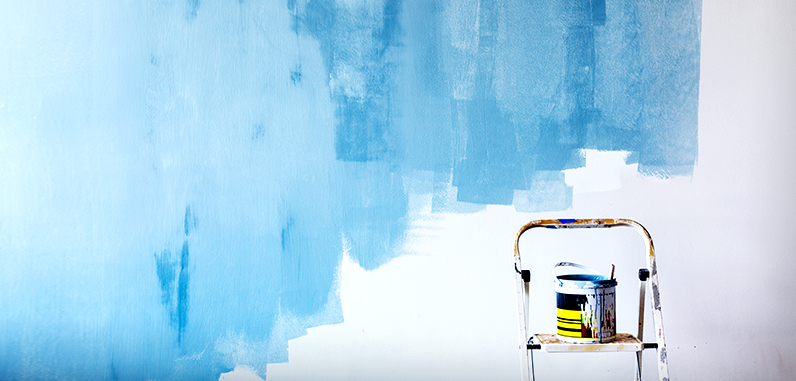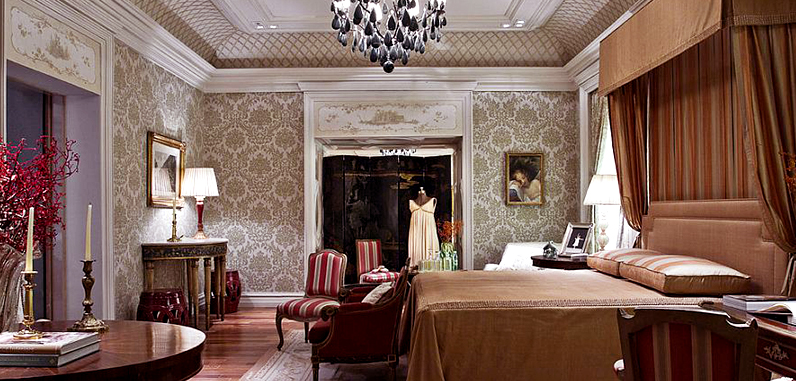Use These Tools to Speed Up Your Paint Job
Having the proper tools is the key to efficiency when painting. You don’t need to have all kinds of fancy painting gadgets and accessories. Here are several items that used the most by any professional house painter Melbourne.
Painter’s Tape
Even as an amateur painter, you know that taping is important process that you cannot miss. But most of the time amateur painters don’t use painter’s tape. We recommend you to use it. Painter’s tape has a less aggressive adhesive than ordinary masking tape. This less aggressive adhesive make is easier to peel and it won’t damage the fresh paint or walls.
Small Putty Knife
This small tool often forgotten. Small putty knife helps a lot when you try to embed painter’s tape into woodwork for a tighter seal. Which means lower chance of paint seeping behind the tape onto the wood. Not only that, you can also use it for scraping away paint drips, dirt, grime and even cutting clean tape joints at inside corners.
Decent Roller Sleeves
Rather than buying cheap roller sleeves, we urge you to invest in higher quality one. Cheap roller sleeves won’t be able to hold much paint and they will leave roller lint embedded in the fresh paint. They were made from cardboard rather than plastic liners. This material makes them hard to clean and not reusable. They’ll show more roller marks and because the coat is so much thinner, you’ll never get away with a single coat.
Decent Roller Frame
Same idea applied for roller frame. Like cheap roller sleeves, cheap roller frames are no bargain either. High quality frame will for a long time and able to hold the sleeves from slipping off the end of the frame while rolling. For the width, we suggest A 9-in. frame for wide-open spaces and a 3-in. one for narrow area.
Extendable Handle
Build in handle only can reach limited area and it will not work for ceiling and higher area. That’s the reason why professional painters use extendable handle. Beside extending your reach, it also hugely speeds up the rolling process.
Canvas Drop Clothes
Instead of plastic sheathing for drop cloths use canvas. Canvas drop cloths are easier to spread, and in most situation they are non-slip so they’re much safer.
2-1/2 in. Sash Brush
A sash-brush has an angle on the end of the bristles. Formerly, It was designed for cutting in around window sashes. But it also can be use for any cutting in done at inside corners, against ceilings and around woodwork before rolling the walls.
Stepladder
You can go for either 120 cm or 180 cm. A 120 cm ladder is enough for painting the average room. But if you want more versatility buy 180 cm instead. Both of them are high enough for cutting in 3 meters ceilings.


